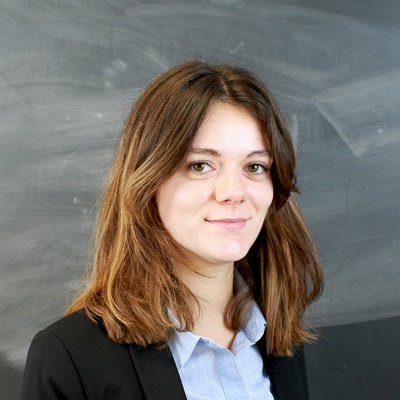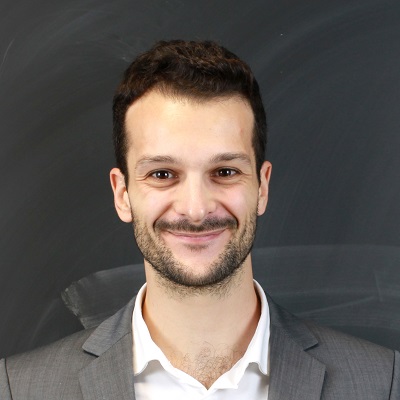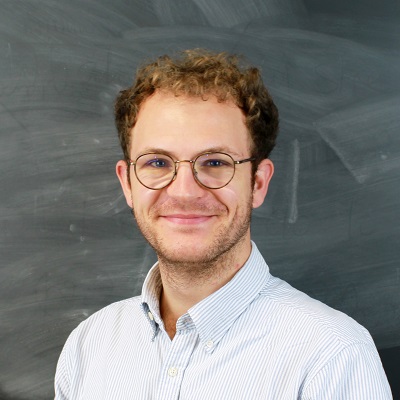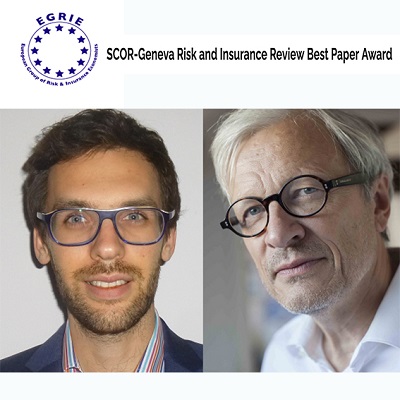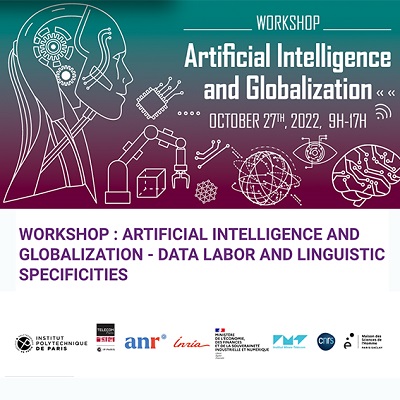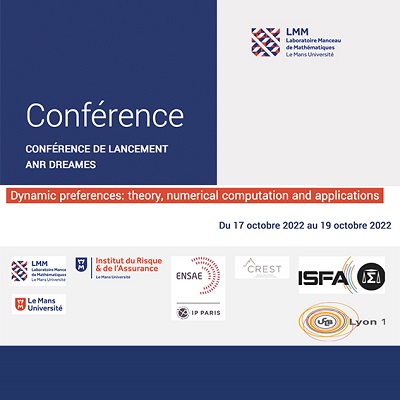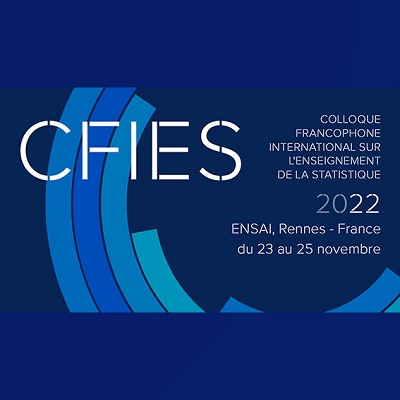- Personal website and CV:
https://www.paulinecarry.com/
- Email address:
pauline.carry@ensae.fr
- References:
Professor Pierre Cahuc, Sciences Po
Professor Hilary Hoynes, UC Berkeley
Professor Roland Rathelot, CREST
Professor Benjamin Schoefer, UC Berkeley
- Research fields:
Primary field: Labor Economics
Secondary field: Macroeconomics
- JMP:
Title: The Effects of the Legal Minimum Working Time on Workers, Firms and the Labor Market
Link: https://drive.google.com/file/d/1xz-MerkI1pnNxaCWmJ_XfkjSo8YubQj0/view?usp=sharing
- JMP Abstract:
This paper provides new evidence on how firms and workers adjust to a restriction on low-hour jobs. I exploit a unique reform introducing a minimum workweek of 24 hours in France in 2014 affecting 15% of jobs. Drawing on linked employer-employee data and an event study design, I find a firm-level reduction in the number of jobs and an increase in average hours per worker. Overall, total hours worked in the firm decreased significantly, showing imperfect substitutability between workers and hours. The effects differ by gender: part-time female workers were replaced by full-time male workers. Importantly, reduced-form evidence indicates the reallocation of workers from firms highly exposed to the policy to firms less exposed. To quantify the aggregate impact taking into account these effects, I build and estimate a search and matching model with heterogeneous workers and firms. I find that the minimum workweek destroyed 1% of jobs but no effect on total hours, due to positive general equilibrium effects. Finally, the gender gap in welfare increased by 3% because women were more affected by the direct negative employment effects and benefited less from reallocation effects.
Germain Gauthier
- Personal website and CV:
https://pinchofdata.github.io/germaingauthier/
- Email address:
germain.gauthier@polytechnique.edu
- References:
Professor Alessandro Riboni, Ecole polytechnique
Professor Xavier D’Haultfoeuille, CREST – ENSAE
Professor Elliott Ash, ETH Zürich
Professor Roberto Galbiati, Sciences Po
- Research fields:
Primary Field: Applied Microeconomics
Secondary Field: Political Economy, Econometrics, Machine Learning, Text as Data
- JMP:
Title: Measuring Crime Reporting and Incidence: Method and Application to #MeToo
Link: https://www.dropbox.com/s/jepq64dfauyo1t6/metoo_crime_v6.pdf?dl=0
- JMP Abstract:
This paper studies the Me Too movement’s effects on sex criminality. As many victims do not report to the police, a long-standing empirical challenge with reported crime statistics is that they reflect variations in victim reporting and crime incidence. To separate both margins, I develop a duration model that studies the delay between the incident’s occurrence and its report to the police. The model accounts for unobserved heterogeneity, never-reporters, and double-truncation in the data. I apply it to the police records of large US cities. Contrary to the widespread view that #MeToo was a watershed moment, I find that sex crime reporting had already been increasing for years before its sudden mediatization in October 2017. Nonetheless, the movement had a positive, persistent impact on victim reporting, particularly for juveniles, racial minorities, and victims of misdemeanors and old crime incidents. The increase in reporting translates into drastically higher probabilities of arrest for sex offenders. Using reported non-sexual crimes as a control group, difference-in-differences estimates suggest the movement also had a sizable deterrent effect.
Martin Mugnier
- Personal website and CV:
https://martinmugnier.github.io/
- Email address:
martin.mugnier@ensae.fr
- References:
Professor Xavier D’Haultfoeuille, CREST – ENSAE
Professor Stéphane Bonhomme, The University of Chicago
Professor Laurent Davezies, CREST – ENSAE
- Research field:
Econometrics (theory and applications)
- JMP:
Title: Unobserved Clusters of Time-Varying Heterogeneity in Nonlinear Panel Data Models
Link: https://drive.google.com/file/d/1KhmV8tOcoGdIMMpQ4aaw0ddvyeL5tG4V/view?usp=sharing
- JMP Abstract:
In studies based on longitudinal data, researchers often assume time-invariant unobserved heterogeneity or linear-in-parameters conditional expectations. Violation of these assumptions may lead to poor counterfactuals. I study the identification and estimation of a large class of nonlinear grouped fixed effects (NGFE) models where the relationship between observed covariates and cross-sectional unobserved heterogeneity is left unrestricted but the latter only takes a restricted number of paths over time. I show that the corresponding “clusters” and the nonparametrically specified link function can be point-identified when both dimensions of the panel are large. I propose a semiparametric NGFE estimator whose implementation is feasible, and establish its large sample properties in popular binary and count outcome models. Distinctive features of the NGFE estimator are that it is asymptotically normal unbiased at parametric rates, and it allows for the number of periods to grow slowly with the number of cross-sectional units. Monte Carlo simulations suggest good finite sample performance. I apply this new method to revisit the so-called inverted-U relationship between product market competition and innovation. Allowing for clustered patterns of time-varying unobserved heterogeneity leads to a much flatter estimated curve.
Pierre Picard and Alexis Louaas receive the “SCOR-Geneva Risk and Insurance Review Best Paper Award”
Congratulations to Pierre Picard and Alexis Louaas who received the “SCOR-Geneva Risk and Insurance Review Best Paper Award” for their article “Optimal insurance coverage of low-probability catastrophic risk” published in 2021 in the Geneva Risk and Insurance Review. The award was presented to them on the occasion of the 49th seminar of the European Group of Risk and Insurance Economists (EGRIE) which took place in Vienna (Austria) from September 18 to 21, 2021.
Federica Meluzzi awarded the “Roberto Einaudi” Scholarship
Congratulations to Federica Meluzzi who has been awarded the “Roberto Einaudi” Scholarship (San Giacomo Charitable Foundation) from the Luigi Einaudi Foundation.
Workshop Artificial Intelligence and Globalization
Le 27 octobre 2022 de 9:00 à 17:00 au Ministère de l’économie
L’évènement est organisé par DiPLab (Digital Platform Labor), une équipe de recherche animée par Antonio Casilli, Paola Tubaro et Ulrich Laitenberger à l’Institut Polytechnique de Paris.
Ensuring Your Products Aren’t Used for Discrimination
An article co-written by Michelangelo Rossi, Michael Luca and Elizaveta Pronkina in Harvard Business Review.
October 10, 2022
Conférence de lancement ANR DREAMeS du 17 au 19 octobre 2022
La conférence de lancement « Dynamic preferences: theory, numerical computation and applications » de l’ANR DREAMeS aura lieu à la Maison des Sciences Humaines de Nantes. Scientific Coordinators: Caroline Hillairet, Anis Matoussi, Nabil Kazi Tani.
The Crest is hiring an Assistant or Associate Professor in Economics
Application deadline: 15 Nov 2022
CFIES à l’ENSAI du 23 au 25 novembre
Le Colloque Francophone International sur l’Enseignement de la Statistique se tiendra à l’ENSAI du 23 au 25 novembre 2022. Il rassemblera enseignants et chercheurs.

